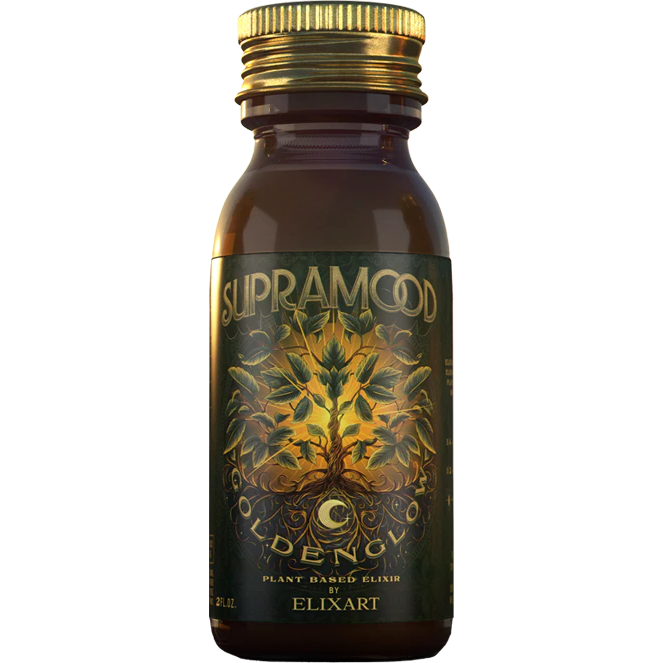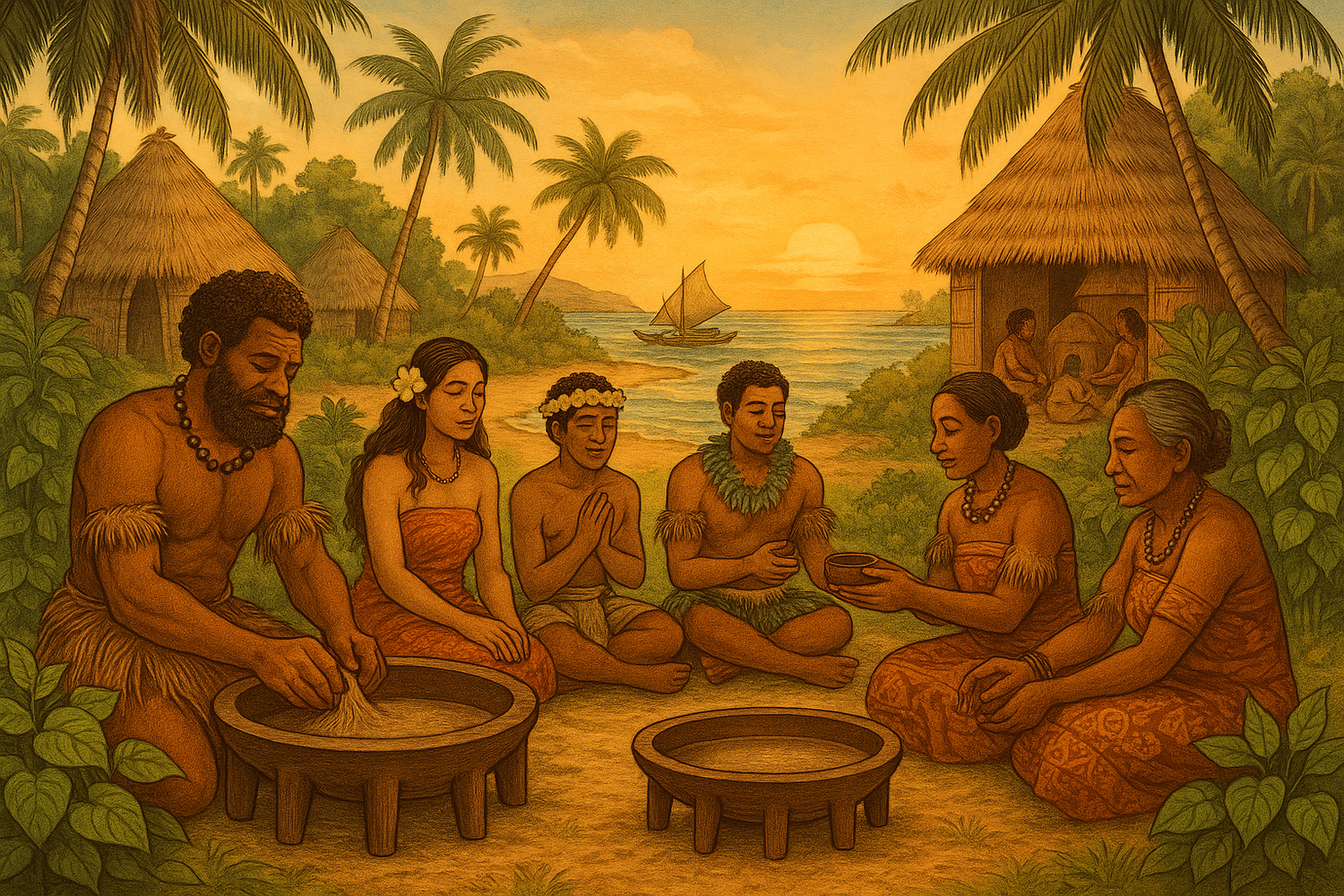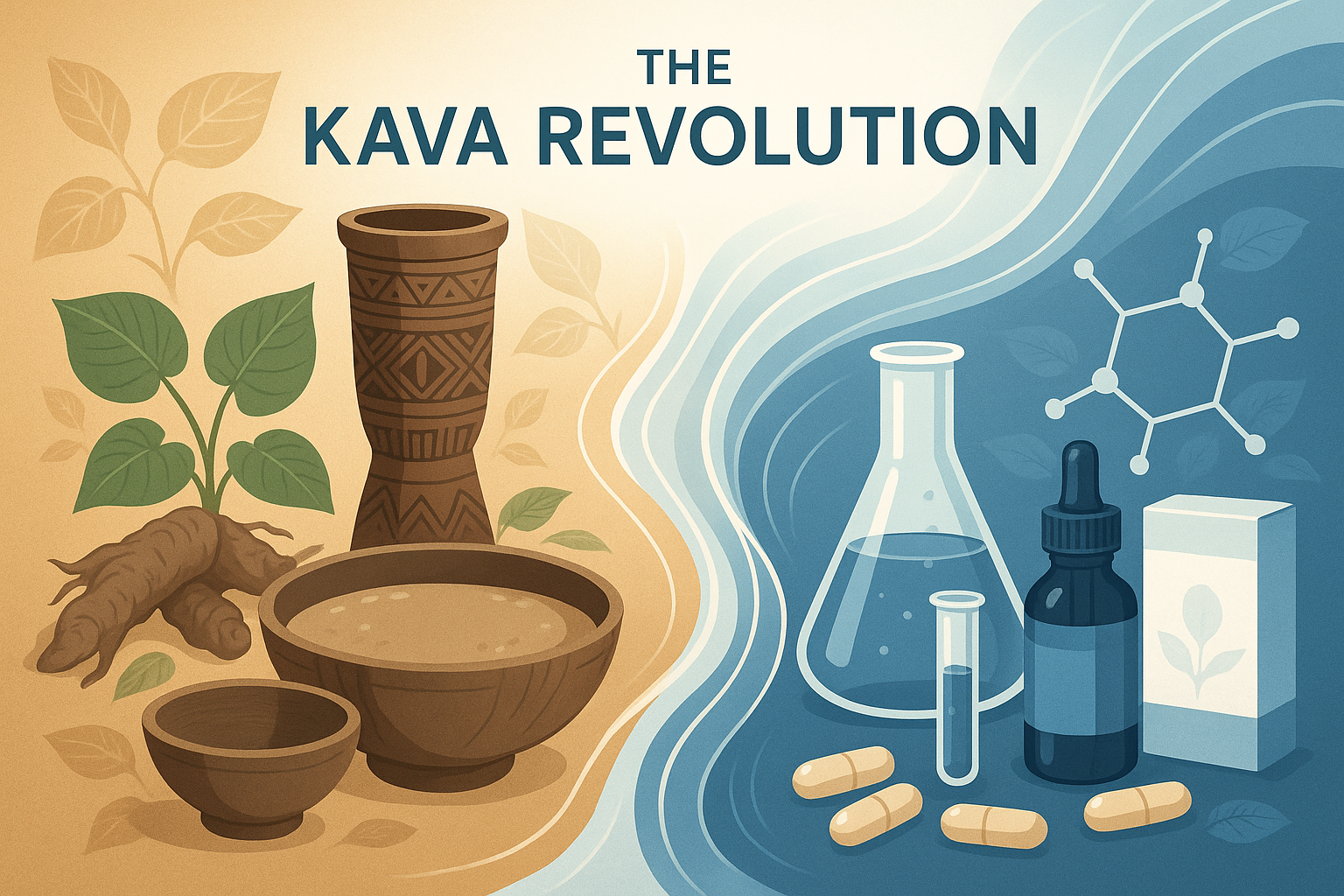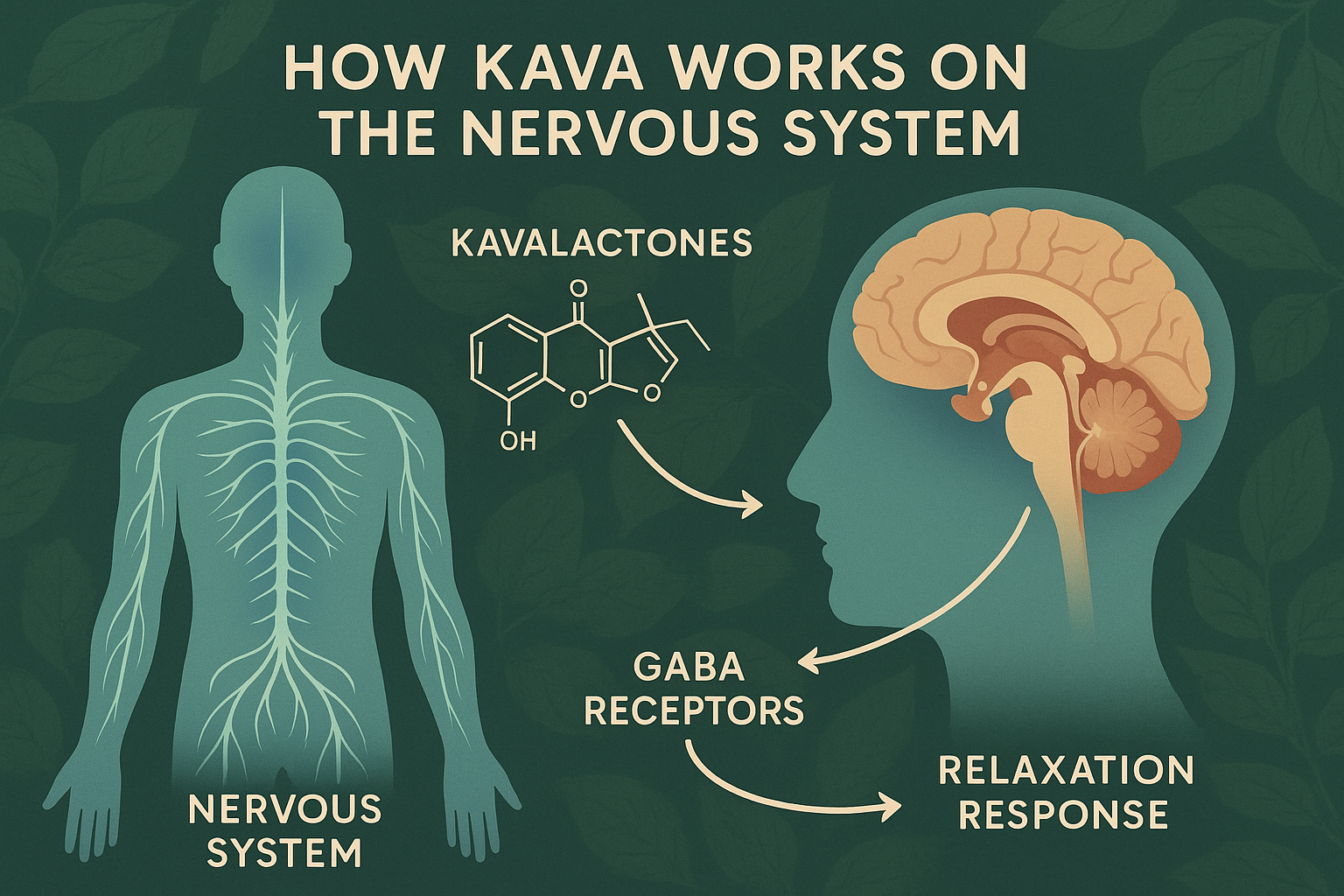Imagine walking through a lush green landscape under the sun-soaked skies of Vanuatu. You hear laughter and see people seated, sharing a drink of Kava. This ancient beverage, with roots deep in the traditions of the South Pacific, has been more than just a drink; it has been a medium of connection for over 3,000 years. In this exploration, we will dive into the captivating world of Kava, a drink that symbolizes community and has now found its way onto the global stage.
Origins of Kava Cultivation
Kava, known for its calming effects and cultural significance, has a rich history that dates back over 3,000 years. Its roots lie in the islands of Vanuatu, Fiji, and Tonga. These regions are not just the birthplace of Kava; they are also the heart of its cultivation. The plant, scientifically named Piper methysticum, thrives in specific soil and climate conditions. But what makes Kava so special?
Ancient Roots
The origins of Kava can be traced back to ancient times. In Vanuatu, Fiji, and Tonga, Kava was cultivated not merely for drinking but as a vital part of community life. It was used in ceremonies and rituals, symbolizing unity and harmony. Imagine a gathering where people come together to share stories, laughter, and, of course, Kava. It’s more than just a beverage; it’s a tradition.
Vanuatu: Often considered the birthplace of Kava, it holds a special place in the hearts of its people.
Fiji: Known for its unique varieties, Fiji has its own distinct Kava culture.
Tonga: Here, Kava is deeply intertwined with social and political life.
Agricultural Practices
Growing Kava is an art. It requires specific conditions to flourish. Farmers must pay close attention to the soil type, moisture levels, and sunlight exposure. The roots are harvested after several years, ensuring they are mature enough for use. This careful cultivation process reflects the dedication of Kava farmers.
Take, for example, a traditional Kava farmer from Vanuatu. He wakes up early each day, tending to his plants with love and care. His hands are calloused from years of work, but his spirit is strong. He believes that Kava is not just a crop; it’s a way of life. As he says,
"Kava has long been a cornerstone of our society, bringing people together in celebration and solace."
The Cultural Significance
In these Pacific islands, Kava is much more than a drink. It serves as a medium for social bonding. During traditional ceremonies, Kava is shared among participants, fostering a sense of community. This ritualistic sharing creates connections that go beyond mere words. It’s about presence and participation.
Moreover, Kava has gained global attention. Its calming properties have led to a rise in Kava bars worldwide. People from different cultures are discovering the soothing effects of Kava. For those interested in trying Kava, products like the Supramood Goldenglow Elixir offer a convenient way to experience this ancient tradition.
Conclusion
As Kava continues to expand beyond its traditional boundaries, its roots remain firmly planted in the rich soil of the South Pacific. The stories of its cultivation, the practices of its farmers, and the cultural significance it holds are all part of a legacy that endures. Kava is more than just a drink; it’s a symbol of community, history, and connection.
For more on Kava’s journey and its impact on the world, check out resources like Kava.com and Kava Culture.
Traditional Ceremonies and Rituals
Kava ceremonies are rich in tradition and meaning. These gatherings, often called yangona in Fiji, serve as a vital social activity. They bring people together, fostering connections and understanding. The preparation, presentation, and consumption of Kava are not just rituals; they are a way to share history and culture.
Preparation of Kava
The preparation of Kava is an art. First, the roots of the Kava plant are harvested. They are then washed and pounded into a fine paste. This paste is mixed with water in a large bowl, creating a muddy-looking beverage. The process is often accompanied by chants and songs. An elder usually leads the ceremony. This shows respect for tradition and the community.
Presentation of Kava
Once prepared, Kava is presented in a ceremonial manner. It’s often served in a coconut shell. The first drink goes to the chief or the elder. This act signifies respect and honor. Other participants then take turns sipping from the shared bowl. Each sip connects them to their ancestors and to one another.
Consumption and Its Significance
Drinking Kava is more than just consumption; it’s a bonding experience. As participants share stories and laughter, they also share a deeper understanding of each other. The act of drinking Kava creates an atmosphere of trust. It is said, “In our culture, sharing Kava is sharing respect and understanding.” - a cultural expert highlights the essence of this ritual.
The Role of Kava in Conflict Resolution
Kava plays a significant role in resolving conflicts. When disputes arise, a Kava ceremony can bridge gaps. It allows individuals to come together and discuss issues in a peaceful setting. The calming effects of Kava help to ease tensions. As they sip the drink, they often find common ground. This shows how Kava serves as a social lubricant, smoothing over differences.
A Personal Story
Take, for instance, a young woman named Lani. She attended her first Kava ceremony last year. Nervous at first, she watched as the elders prepared the drink. The chanting filled the air, creating a sense of reverence. When it was her turn to drink, she felt a wave of connection wash over her. With each sip, she learned about her heritage. “Each sip of Kava is a sip into our history and our future,” a community elder told her. Lani realized that Kava was more than a drink; it was a link to her past and a bridge to her community.
Conclusion
Through Kava, people connect, share stories, and build relationships. It is a symbol of community bonding. In today's world, Kava is gaining popularity beyond the Pacific Islands. Kava bars are emerging globally, allowing more people to experience its unique effects. If you're curious about Kava, consider trying it yourself. You can explore products like the GoldenGlow Elixir to discover the benefits of this ancient drink. As Kava continues to grow in popularity, its cultural significance remains strong, reminding us of the importance of community and connection.
Cultural Significance Today
Kava holds a special place in the hearts of many Pacific Island communities. Its role extends beyond mere consumption; it influences social structures, cultural identity, and even spirituality. This ancient drink, native to islands like Vanuatu, Fiji, and Tonga, has evolved into a symbol of community and belonging.
Kava's Role in Modern Communities
In today's world, Kava serves as a vital link between generations. It is often consumed during gatherings, reinforcing social bonds. This is not just about sharing a drink; it's about sharing stories, laughter, and traditions. Kava ceremonies are a way for communities to come together, celebrating their heritage.
Community Bonding: Kava is at the heart of many social events. It fosters connections among people, old and young.
Social Structures: The way Kava is shared can reflect the hierarchy within a community. Elders often lead the ceremonies, showcasing respect for tradition.
As one cultural historian aptly put it,
"Kava is not just a drink; it's a living tradition that shapes our identity."
This highlights how Kava is woven into the fabric of community life, influencing everything from celebrations to everyday interactions.
The Growing Importance of Kava Festivals
Kava festivals have seen a remarkable rise in popularity in recent years. These events are more than just opportunities to drink Kava; they are celebrations of culture and heritage. Communities are now showcasing their unique traditions, attracting visitors from around the world.
Annual Growth: The number of Kava festivals is increasing yearly, reflecting a renewed interest in traditional practices.
Cultural Promotion: Festivals promote local crafts, music, and dances, providing a platform for artists and artisans.
These festivals not only celebrate Kava but also serve as a reminder of the importance of cultural preservation. They act as a bridge between past traditions and contemporary identity, allowing younger generations to connect with their roots.
Kava in Spiritual Practices
Interestingly, Kava also plays a role in spiritual practices. It is often used in rituals that seek to connect the physical and spiritual worlds. For many, consuming Kava is a way to invite peace and clarity into their lives.
Spiritual Connection: Kava is believed to enhance meditation and spiritual experiences, making it a staple in many ceremonies.
Ritual Significance: The preparation and consumption of Kava can be a sacred act, filled with meaning and intention.
As communities embrace their heritage, the resurgence of Kava ceremonies highlights the importance of these practices in modern life. They offer a space for reflection, connection, and spiritual growth.
For those looking to experience the benefits of Kava, products like the GoldenGlow Elixir provide a modern twist on this ancient tradition. These elixirs capture the essence of Kava while promoting wellness and relaxation.
In summary, Kava's cultural significance is profound. It shapes social structures, fosters community bonding, and plays a crucial role in spiritual practices. As the world becomes more interconnected, Kava remains a vital part of Pacific Island identity, bridging the past with the present.
Kava’s Global Expansion
The world is witnessing an exciting transformation in how people connect and unwind. Kava, a traditional beverage from the South Pacific, is leading this change. Its emergence is not just a trend; it’s a cultural wave. Urban centers across the globe are now home to kava bars. These establishments blend traditional practices with modern influences, creating a unique experience for patrons.
Emergence of Kava Bars
Kava bars are popping up in cities like New York, Los Angeles, and even London. They offer a space where people can gather, relax, and enjoy kava in a social setting. But what exactly is kava? It’s a drink made from the roots of the kava plant, known for its calming effects. In a kava bar, customers can sip on various kava blends while engaging in conversation or enjoying live music.
Imagine walking into a kava bar in New York City. The atmosphere is vibrant yet relaxed. Patrons are seated on comfortable cushions, sharing stories and laughter. A friendly bartender greets you with a smile. You order a cup of kava, and as you take your first sip, you feel a sense of calm wash over you. This is not just a drink; it’s a moment of connection.
The Export Market for Kava
The interest in kava is not limited to bars. The export market is booming. Pacific Island nations are seeing a rise in kava exports to North America and beyond. This growth reflects a growing international interest in kava products. According to industry experts, the kava market is projected to reach $XX billion by year X. This is not just a number; it signifies the increasing demand for kava worldwide.
As kava crosses oceans, it brings with it a spirit of community. "Kava has crossed oceans, and its spirit of community is now being shared globally," says an entrepreneur in the kava industry. This quote highlights the cultural significance of kava, which transcends geographical boundaries.
Global Sales and Cultural Appreciation
With the rise of kava bars and the export market, global sales of kava products are increasing. This trend reflects a shift in cultural appreciation. People are seeking alternatives to traditional alcoholic beverages. Kava offers a unique experience, allowing individuals to unwind without the adverse effects of alcohol.
As kava becomes more popular, it opens up economic opportunities for Pacific Islands. Farmers and local communities benefit from the growing demand. This not only supports their livelihoods but also promotes sustainable practices.
A Day at a Kava Bar
Returning to the hypothetical scenario of a kava bar in New York City, the experience is more than just sipping a drink. It’s about community. Patrons might engage in discussions about the history of kava, its cultural significance, and the benefits it offers. Some may even share their own experiences with kava, fostering a sense of belonging.
In this setting, kava acts as a bridge between cultures. It invites people to explore the traditions of the Pacific Islands while enjoying a relaxed atmosphere. For those who want to experience the benefits of kava at home, products like Supramood's GoldenGlow Elixir offer a convenient option.
In conclusion, the rise of kava in global markets is more than just a trend; it's a cultural phenomenon. As kava bars continue to emerge in urban centers around the world, they reflect a growing appreciation for this ancient beverage. The export market's growth signifies not only a demand for kava but also an opportunity for Pacific Island communities. The journey of kava is just beginning, and its spirit of community will undoubtedly continue to thrive across the globe. For more information about kava and its benefits, check out resources like Kava Culture and Kava Book.
TL;DR: Kava, a ceremonial drink from the South Pacific, has a history spanning 3,000 years, showcasing its traditions, cultural importance, and growing popularity worldwide.







Leave a comment
This site is protected by hCaptcha and the hCaptcha Privacy Policy and Terms of Service apply.